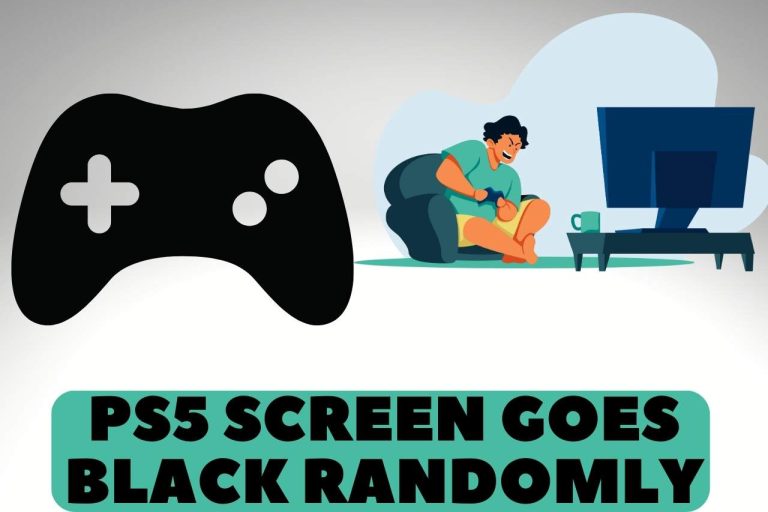Why are Parts of My LED Lights Different Colors? (Tips & Techniques)
Have you ever been charmed by the attractive glow of LED lights only to discover that certain components produce various colors? Frequently occurring with multicolored LED strips or bulbs this behavior might make us wonder what the true reasons are. We solve this unusual event by investigating the world of LEDs. Advanced semiconductor technology is used in LED lighting to mix different hue LEDs to produce amazing visual effects. Individual LED specs, manufacturing procedures, and even electrical irregularities can all contribute to the varied hues. So, let’s investigate LED lights in more detail and shed light on the causes of these beautiful displays of various colors.
What are LED Lights?
Light-emitting diode lights commonly referred to as LED lights are a modern type of illumination It has become extremely popular in recent years.
LED lights work on completely different premises from conventional incandescent or fluorescent bulbs, which depend on heating wires or gas discharge.
LEDs are essentially tiny electrical components that produce light using electric current flowing through them.
Semiconductor materials made of gallium arsenide, gallium phosphide, or indium gallium nitride are used to build LEDs.
When these materials are stimulated by an electric current their special features enable them to produce light. Visible light is produced when the semiconductor undergoes current flow, which causes the production of photons.
The main benefit of LED lighting is energy efficiency. They produce relatively little heat and use a lot less power than conventional lighting sources.
They are an environmentally beneficial choice for lighting because of their efficiency in turning a significant amount of electrical energy into light.
In terms of color possibilities, brightness levels, and control, LED lights are also flexible. LEDs can produce different colors without the use of external gels or filters by mixing various semiconductor elements.
Their compact size and durability make them excellent for a variety of uses, including display, automotive, architectural, and domestic illumination.
How do LED Lights Produce Different Colors?
Two of the techniques used by LED lights to create different colors are color temperature modification and RGB technology.
Red (R), green (G), and blue (B) LEDs are mixed in a single unit or array when using RGB technology. It is possible to create a wide range of colors by adjusting the strength of each hue.
Secondary and third-color combinations may be made by combining the three main colors in various percentages offering a wide variety of options. This technique is frequently applied to decorative, mood lighting, and LED displays.
Adjusting color temperature includes changing how white light seems colored. Users of LED lights with changeable color temperatures can switch the light output between warm white (lower color temperature, often between 2700 and 3500K) and cool white (higher color temperature commonly between 5000 and 6500K). This correction is done by mixing LEDs with various color temperatures or by changing the spectral makeup of the output light using luminous coatings.
With the use of RGB technology and color temperature change LED lights can produce a variety of colors that fit different preferences, uses, and environments.
LED technology offers a variety of possibilities for producing desired color effects whether it’s colorful, dynamic lighting, or changeable white light to suit different environments.
Why do Parts of LED Lights Display Different Colors?
Various LED light components may show various colors for a variety of frequently occurring reasons. Poor quality control throughout the production process is a possible cause.
LED lights frequently consist of a number of different LEDs that have been placed in a row or cluster.
When these individual LEDs are integrated there may be observable color variances if there are manufacturing flaws such as differences in color temperature or intensity.
Another factor that can contribute to color discrepancies is issues with wiring. Wires are frequently used to link the various parts of LED strips and arrays.
The distribution of power and the color output of the various areas of the lights may be unequal if the wiring is poor or the electrical connections are inconsistent.
Color variations can also be caused by improper installation. Voltage and current changes can affect LED lights.
If the power source is improperly matched or the installation process is improperly carried out, the performance and consistency of the color of the LEDs may be affected.
Environmental variables might also be important. LEDs’ performance can be harmed by changes in temperature, humidity, or exposure to the environment over time which can cause color shifts.
Selecting reputed LED manufacturers with strict quality control procedures is essential to minimize these problems.
Consistent color output can also be made possible by proper installation and attention to manufacturer recommendations.
LED lights benefit from routine maintenance and monitoring, which makes it easier to see any color deviations and take immediate corrective action.

Can Different Colored Parts in LED Lights be Fixed?
There are various troubleshooting techniques you may take to possibly solve the problem if you notice different colored parts in your LED lights.
- Check All Wiring Connections: Important to make sure they are safe and correctly linked. Inconsistent color output can be caused by loose or problematic connections which can interrupt the flow of electricity.
- Reset the Lights: Try turning off the LED lights for a few minutes. Then turn them back on to reset the lights. Sometimes a little issue with the color display can be fixed with this one approach.
Check the power source to make sure it is operating properly and giving the LED lights a stable voltage. Variations in color output may be caused by an unstable power source.
- Review the Control Settings: Review the control parameters to see if there are any that might be affecting the color display if your LED lights have color control settings. Make sure the settings are set up correctly and follow the color scheme you want.
- Professional Help: Contact a professional electrician or the manufacturer’s customer assistance if those suggestions are unsuccessful in fixing the problem. They are able to offer specialist advice to identify any deeper problems and suggest appropriate solutions.
Always follow safety precautions and avoid tampering with electrical components unless you are qualified to do so. By seeking professional help, you may reduce the possibility of any future problems by ensuring that the problem is accurately recognized and fixed.
Why won’t my LED Lights Stay One Color?
It’s probably a controller or remote control issue if your LED lights won’t stay one color and continuously change or cycle through different hues.
LED lights that can change color frequently come with controllers that let you choose and set a certain hue.
The lights may suddenly change colors if the controller is broken, or the remote control is delivering incorrect signals.
Attempt to reset the controller or change the remote control’s batteries. If the issue doesn’t go away, you might need to contact the product’s maker or look for expert help.
How Do you Reset LED Strips?
LED strips are regularly reset using a sequence of methods to return them to their default settings. Here is an overview:
Ensure the LED strips are turned off or unplugged from the power.
Identify the controller in charge of managing the LED strips. Normally the strips are connected to a tiny box or module.
Find the reset button on the controller by looking for a small button. It may be necessary to use a pointed object like a paperclip, to press the reset button, which is normally recessed.
Press and hold the reset button for a few seconds using a suitable tool. Resetting the controller will return it to its factory settings.
Reconnect the LED strips to the power supply or switch them on after the reset procedure is finished.
Be aware that the specific reset method can change depending on the LED strip’s manufacturer and type. For exactly how to reset your LED strips. It is advised to consult the manufacturer’s instructions or documentation.
You May Also Like


![How to Delete a Flipagram Account? [Step By Step]](https://tecdefend.com/wp-content/uploads/2023/03/how-much-does-it-cost-to-true-a-bike-wheel-43-768x512.jpg)
![How to Make a Gif for Tumblr? [Step By Step]](https://tecdefend.com/wp-content/uploads/2023/03/how-to-underline-text-in-google-sheets-12-768x512.jpg)



